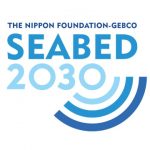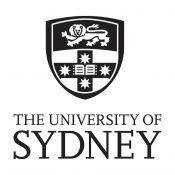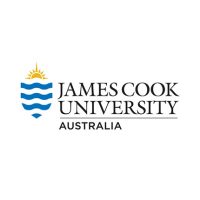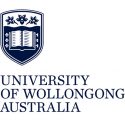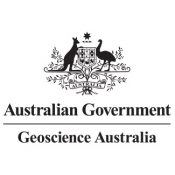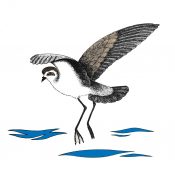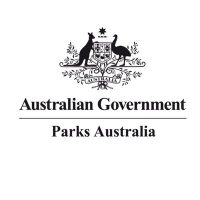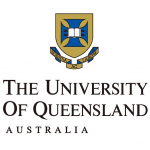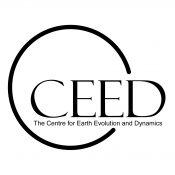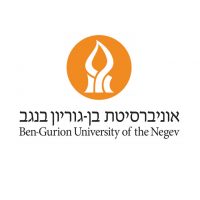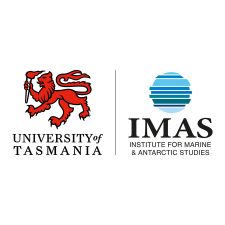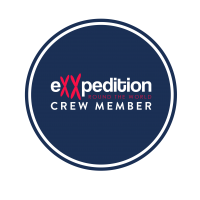Far offshore Queensland Australia, in the Coral Sea Marine Park, is a seafloor full of clues for understanding the complex geologic history of the Australia and the submerged Zealandia continent. The Seafloor to Seabirds expedition will focus mapping efforts on the Kenn Plateau, a piece of continental crust also known as a microcontinent. The Kenn Plateau was originally part of a landmass, but drowned during Australia’s break from the ancient supercontinent, Gondwana. Following the Pinging in the New Year expedition, University of Queensland scientists will remain at the helm, as Dr. Helen Bostock passes on the role of Chief Scientist to Dr. Derya Guerer. Alongside mapping underwater landscapes in the Coral Sea, the team will collect marine magnetic data and sample microplastics from the ocean using Falkor’s underway system and CTD cast. The team will once again be joined by a seabird observer investigating seabird species and concentration in space and time. The data collected will help inform future management of the Coral Sea Marine Park, IUCN Special Purpose Zones, and be added to the Nippon Foundation-GEBCO Seabed 2030 Project. The team is also joined by Artist-at-Sea, Lea Kannar-Lichtenberger, who will create pieces inspired by the expedition.
Mapping Microcontinents
The expedition will continue to the northeast and west of the area mapped during the previous expedition. Mapping efforts will be focused on significant geomorphic features like the Cato Trough, the Coriolis Ridge, Kenn Reefs bank, Kenn and Chesterfield plateaux. Mapping this area may add an additional 30,000 square kilometers to the high-definition seabed maps of the Coral Sea Marine Park, one of the largest marine protected areas in the world. The Cato Trough is the narrowest gap between the Australian tectonic plate and the microcontinents of the Kenn and Chesterfield Plateaux, which are a part of the submerged continent Zealandia. The Cato Trough is also the connection between the north Tasman and Coral Sea oceanic basins. The Coriolis Ridge is a priority area for mapping for fisheries scientists and Parks Australia managers. The Kenn Reefs bank was partially mapped during the Northern Depths of the Great Barrier Reef expedition and maps suggest complicated seafloor features on the bank, likely due to past volcanic eruptions. Surveying these areas will aid in our understanding of the breakup and formation of the Australian continent and may have clues that will help solve the region’s complex tectonic history.
Sampling Microplastics
The scientists will also measure microplastics in the surface water using a protocol they piloted during the last expedition. Dr. Helen Bostock came up with the protocol out of curiosity, utilizing materials she brought onboard the ship, and filtered seawater coming through the ship’s flow-through system. The sampling was refined multiple times throughout the voyage to eliminate any potential sources of contamination demonstrating the continuously evolving nature of science and collaboration between the science crew and marine technicians. The continued refinement and data collection will continue on this expedition.
Surveying Seabirds
During the last expedition, 15,000 seabirds made up of twenty different species were spotted. The seabird counting will continue, as understanding seabird populations is valuable for measuring the health of our ocean. Seabird distribution is highly dependent on where prey, such as fish and krill, are concentrated. Prey concentration is highly variable based on oceanographic conditions, which fluctuate over space and time. The number of seabirds is an excellent indicator of ocean productivity. Measurements will also be taken using an ADCP and CTD to better characterize the poorly understood currents and water masses in the Coral Sea Marine Park, which influence the ocean’s ecology.
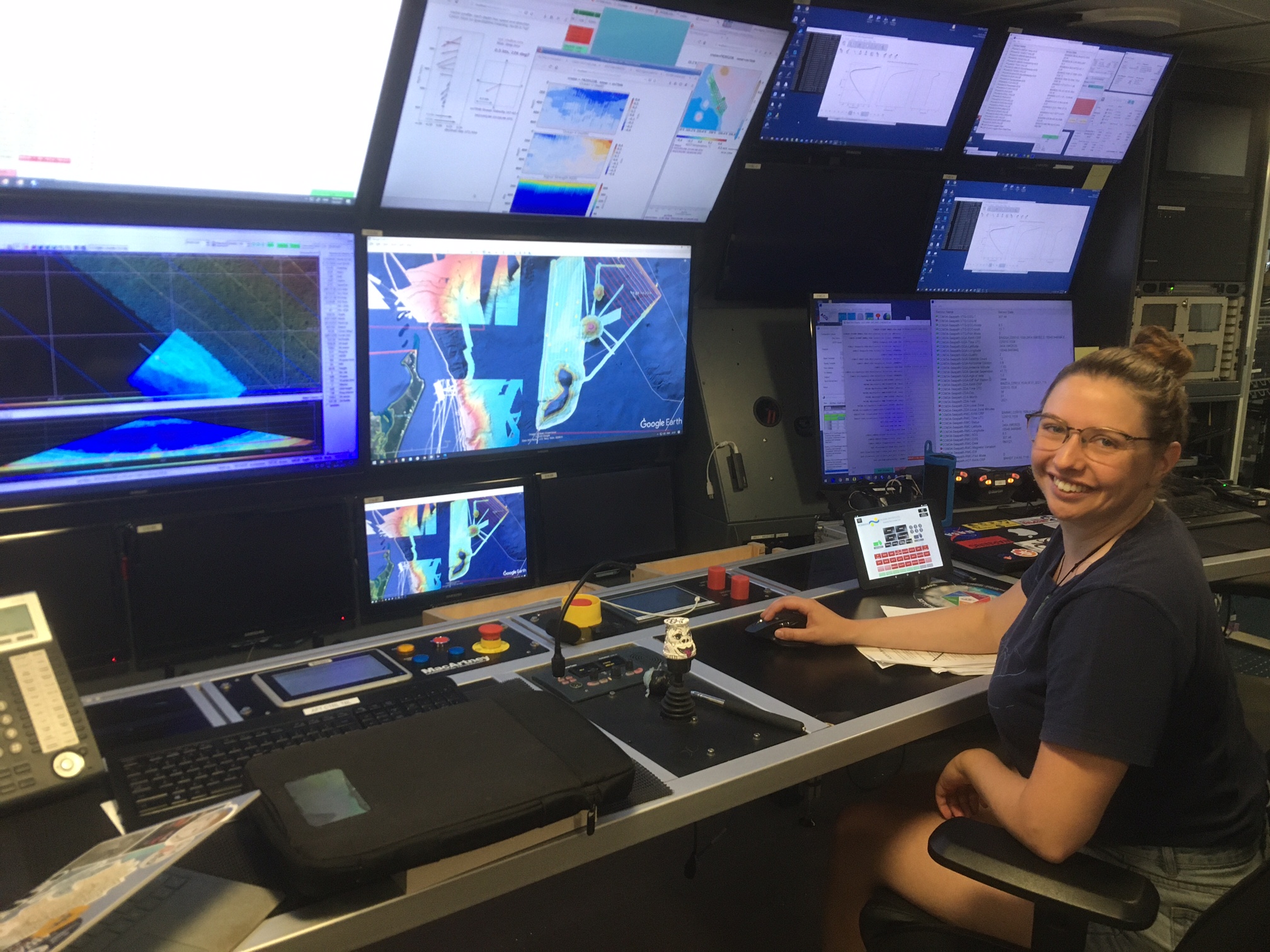
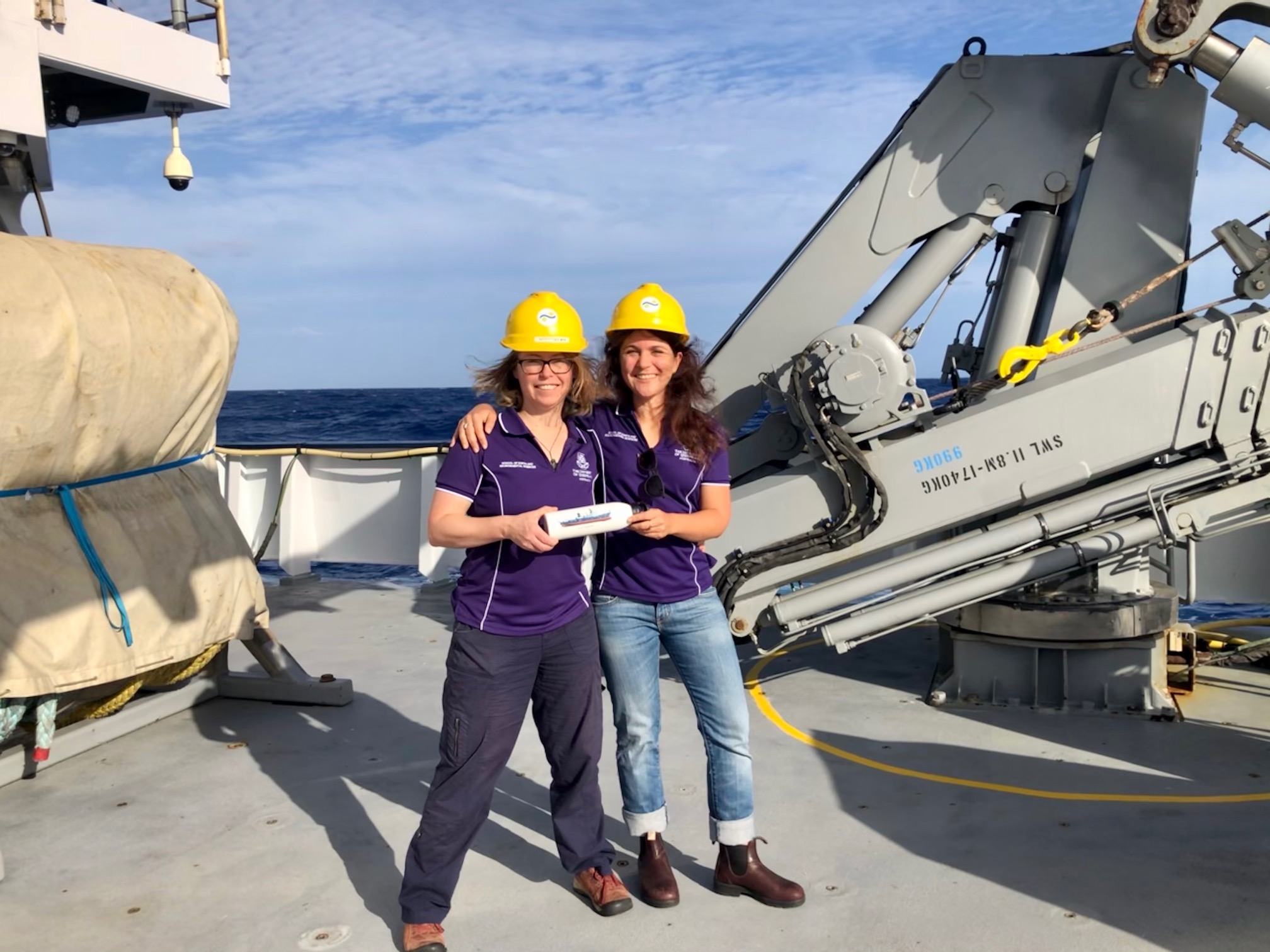
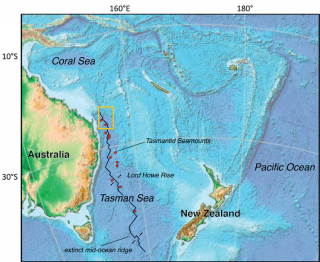
Data & Publications
ADCP data is curated and archived by University of Hawaii.
Raw environmental sensor data collected by Falkor is curated and archived by Rolling Deck to Repository.
Acoustic Backscatter, swath bathymetry, magnetics, and navigation data are curated and archived at MGDS.
Seabird observation data has been curated by CSIRO and at Ocean Biodiversity Information System (OBIS).
- Beaman, R. (2021) Schmidt Ocean Institute R/V Falkor Australia Campaign 2020-2021. Oral Presentation and Conference Paper, Sub-Committee on Regional Undersea Mapping, General Bathymetric Chart of the Oceans, Virtual from Paris, France.
- 30 Day Preliminary Cruise Report: Seafloor to Seabirds in the Coral Sea
- Final Project Report: Seafloor to Seabirds in the Coral Sea
- Beaman, R., Picard, K., and Miller, A. (2022). RV Falkor Surveys in Australia 2020-2021. Oral Presentation and Conference Paper, Hydrospatial 2021 Conference, Australasian Hydrographic Society, Cairns, Australia. [Abstract and presentation are OPEN ACCESS].
- Final Expedition Report: Seafloor to Seabirds in the Coral Sea
In the News
Mapping the ‘hidden’ eighth continent of Zealandia
Phys.Org • March 29, 2021
Hidden boundaries of lost continent ‘Zealandia’ revealed in incredible detail
Live Science • March 25, 2021
What scientists found while mapping underwater continent off Australia
The Age • March 24, 2021
Mapping the ‘hidden’ eighth continent Zealandia
UQ News • March 24, 2021
Scientist mapping ‘lost’ continent off Australia shocked at findings
Brisbane Times • March 23, 2021
Aspiring scientist sails seas in search of birds
Mirage News • March 13, 2021
